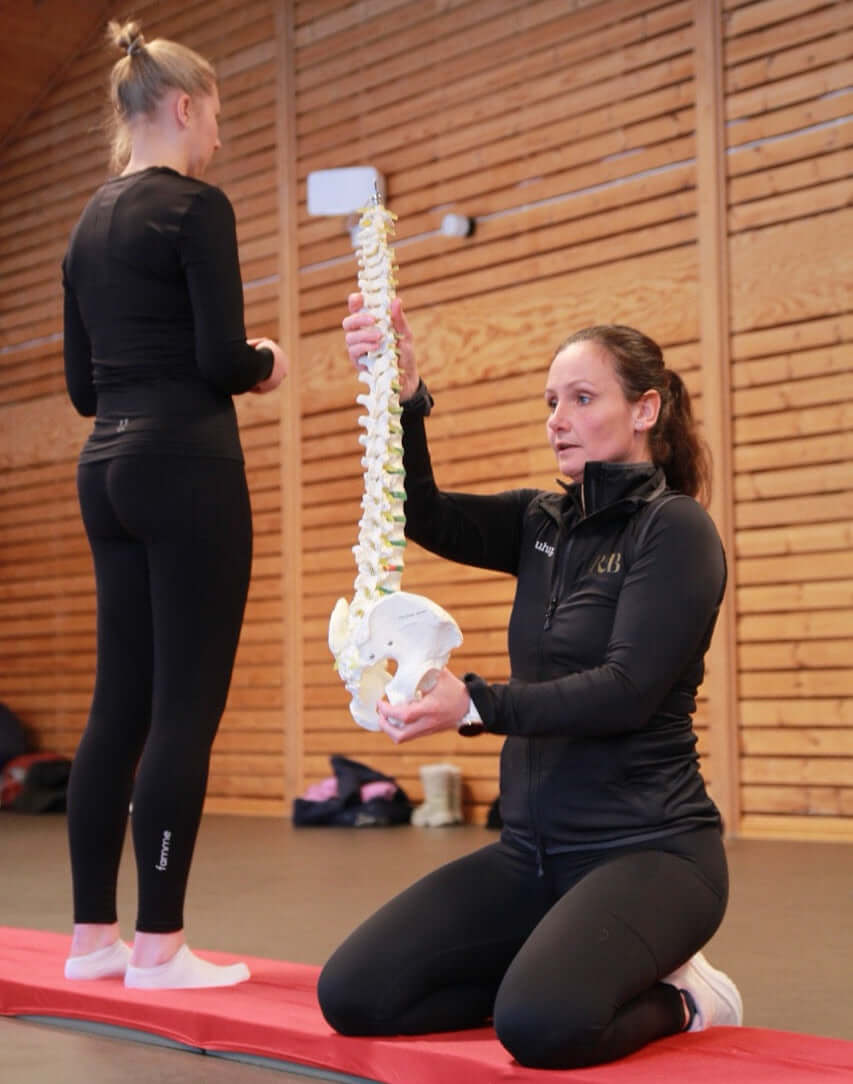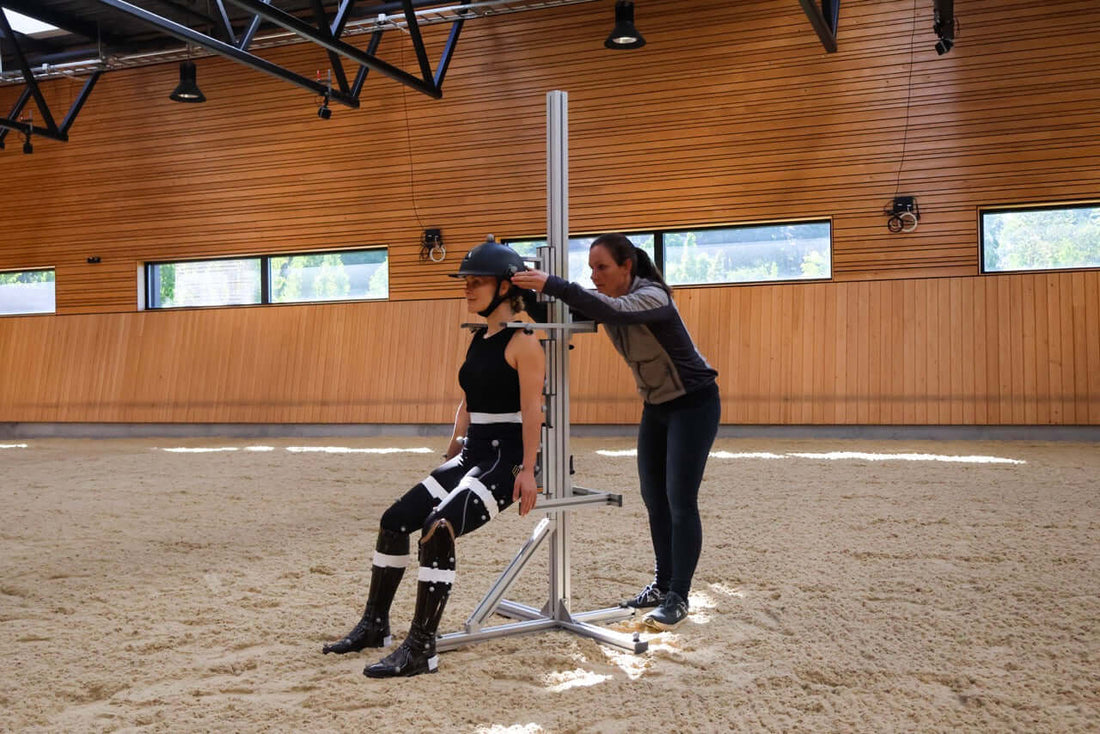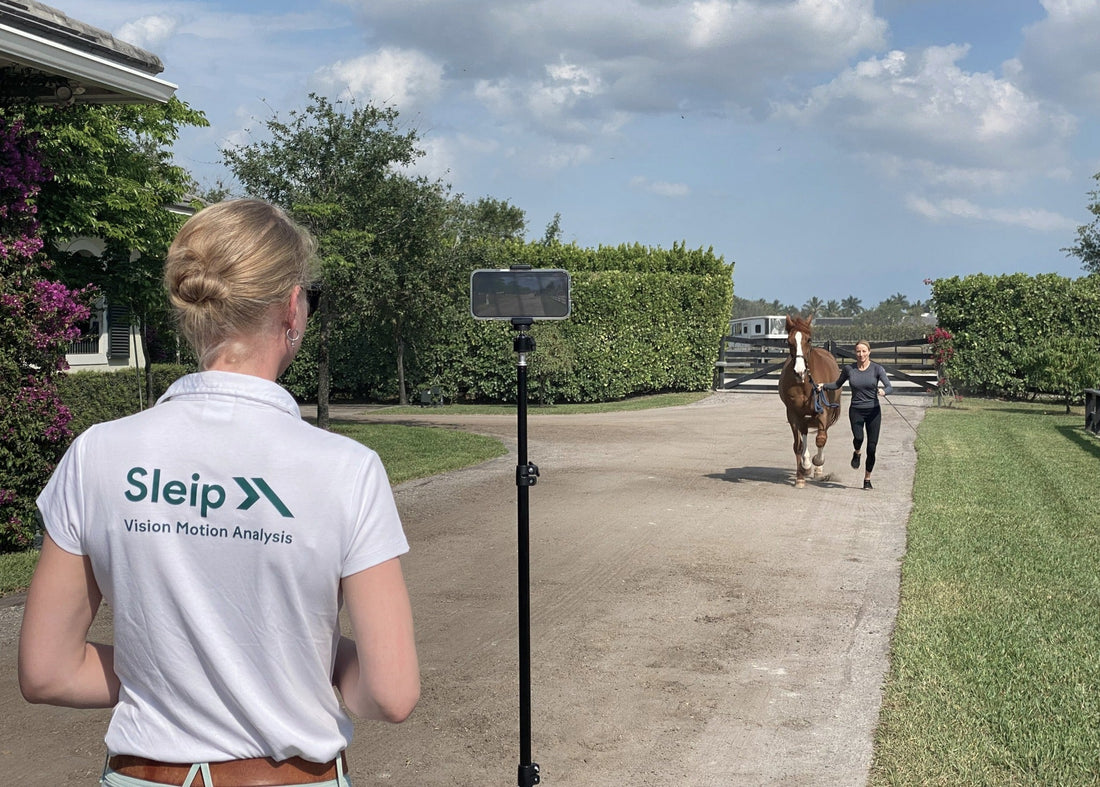This research study shows that the rider's body doesn't just affect the horse - it controls it. In two extensive studies from the Swedish University of Agricultural Sciences, Maria Terese Engell has revealed the importance of symmetry, balance and conscious control of one's own body in the saddle.
One study analyzed elite riders while riding at a trot, both with a passive seat and an active, driving seat. Another study looked at how riders move their pelvis, torso, and head while sitting on a specially designed balance chair, and how this relates to their foot position while walking. The findings provide a clear message: The rider’s posture and movement patterns have a direct impact on the horse’s well-being and performance.
If you want better contact with your horse, smoother transitions and more precise signals, you have to start with yourself. Engell's research shows that seat, symmetry and balance are not something you "just have" - they are something that can be developed. Without balance and control in your own body, it will be difficult to train or communicate effectively with your horse.
For trainers and riders, this provides a clear direction: Including training that improves body control without a horse – such as balance chair, physiotherapy and gait analysis – may be the key to better results and healthier horses.
1. No rider is perfectly symmetrical – and that can negatively affect the horse
In both studies, significant differences were found between the right and left sides of the rider's movements. Even experienced riders had asymmetrical movement patterns in the pelvis, torso, and head, which can disrupt the horse's balance and rhythm.
2. Postural control can (and should) be trained – even by high-level riders
By using a balance chair and analyzing the riders' movements without a horse, it became clear that many riders use their upper body more than their pelvis to create movement. This may indicate that more could benefit from targeted hill training and body awareness to improve their seat.
3. Your foot position can reveal imbalances higher up in your body
Riders with greater eversion (rolling) of one foot during gait showed more rotation of the pelvis and torso to the opposite side during the balance test. This suggests that the body's asymmetry is often consistent - from foot to head. This gives riders an important tool: By analyzing gait and foot position, one can identify and work on imbalances that also affect riding.



